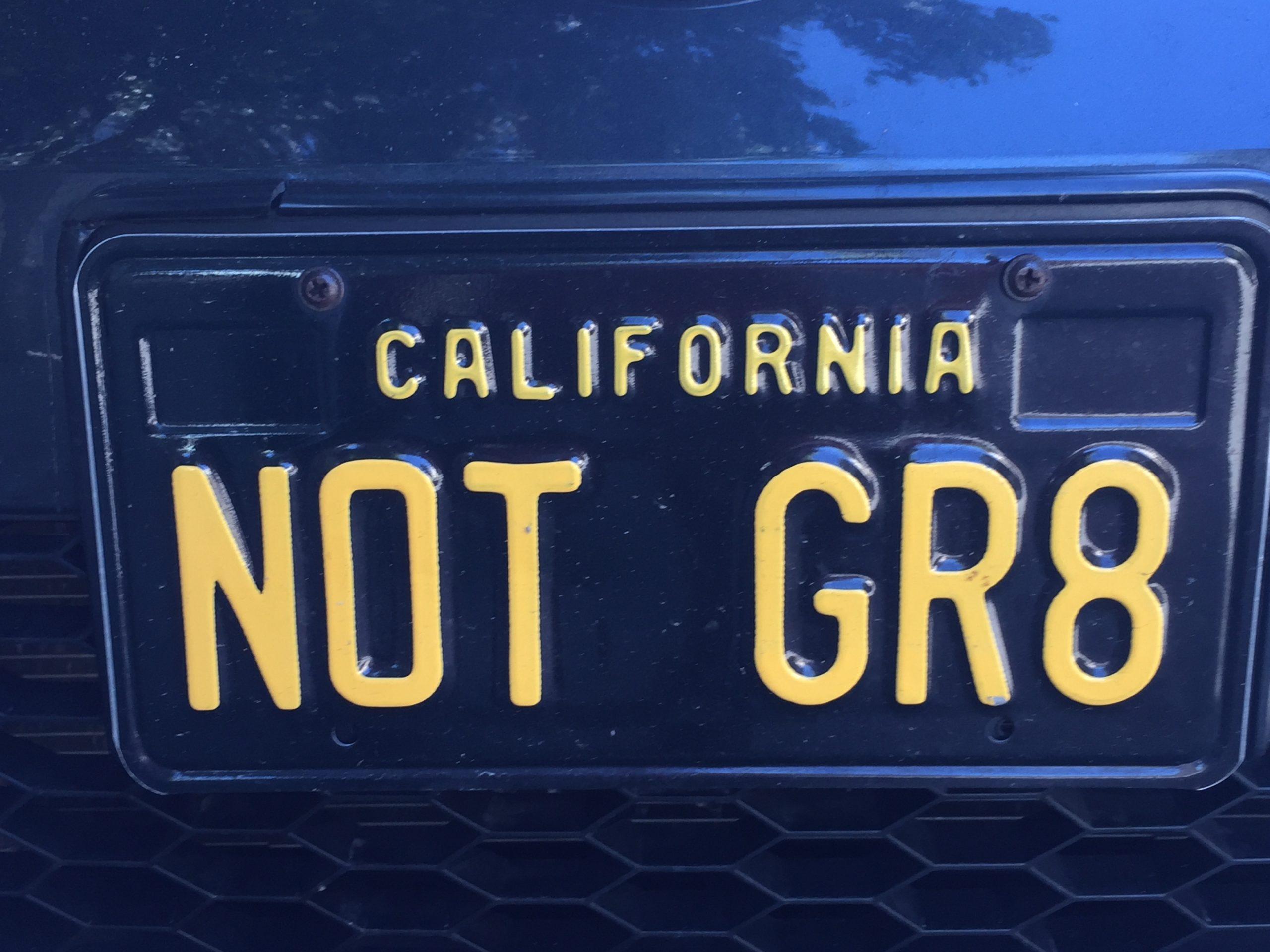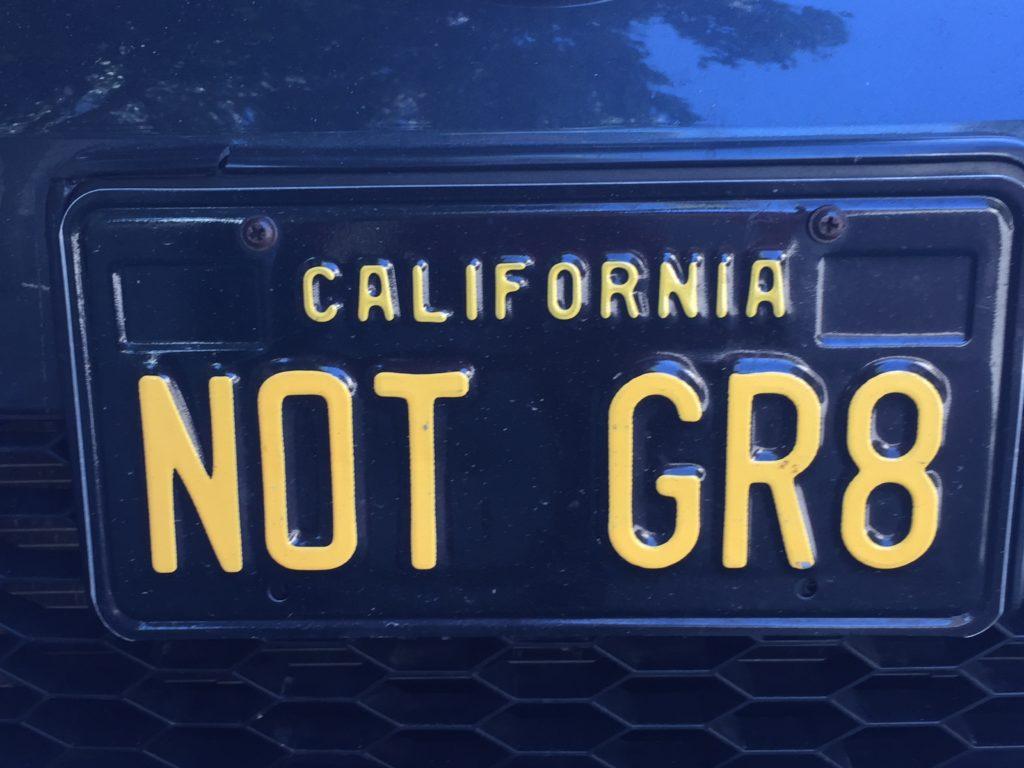 Does proving your point persuade your nonprofit donor?
Does proving your point persuade your nonprofit donor?
It turns out not so much.
At least, not unless your donor is already pretty much won over.
Proof, absent persuasion, won’t get you far.
In my last article, “How to Project Manage Your Nonprofit Story,” I delved into the concept of story vs. data in creating compelling nonprofit marketing and fundraising copy. Stories almost always win out, because human beings are wired for stories. To want to enter into them. To want to become a part of them. To want to see ourselves, in some way, expressively reflected in the characters, plot and struggle.
In this way we are emotionally moved. We shed a tear… get a lump in our throats… find ourselves chuckling, smiling or even beaming with a flicker, or a flame, of recognition, appreciation or gratitude. We are taken out of our everyday lives, and moved someplace else where we’re offered a new perspective. From this perspective, we can choose to act. To become part of the story, in a positive way. To make a difference. To bring joy to sadness… hope to despair… healing to hurt. To bring the happy ending we wish to see.
Today I want to delve a bit deeper into why stories beat data because, when I review nonprofit appeals, the lion’s share do a poor job of making the story the star. Sure, you may be raising money with your appeal. But I’ll bet dollars to donuts you could raise a lot more by channeling the persuasive power of a compelling narrative.
Stories are persuasive, having the power to change audience beliefs and actions.
If you’re familiar with Robert Cialdini, you’ll know about the six key principles of influence and persuasion that help people to act in the face of uncertainty. And we’re all in that state of uncertainty when we receive a fundraising appeal, right? If you look closely, you’ll see these principles are story-based:
Details
 You know your mission. Your raison d’etre. The core of what you do. (At least I hope you do).
You know your mission. Your raison d’etre. The core of what you do. (At least I hope you do).
 Does proving your point persuade your nonprofit donor?
Does proving your point persuade your nonprofit donor?
 Your nonprofit’s story is the whole ball of wax.
Your nonprofit’s story is the whole ball of wax.

 I’ve taken to including a series of “DO’s” and “DON’Ts” for all sorts of fundraising and nonprofit marketing messages over the past several years. My purpose is not to shame anyone, but simply to provide educational moments offering example-based food for thought as you craft your own appeals, thank you’s, reports and more.
I’ve taken to including a series of “DO’s” and “DON’Ts” for all sorts of fundraising and nonprofit marketing messages over the past several years. My purpose is not to shame anyone, but simply to provide educational moments offering example-based food for thought as you craft your own appeals, thank you’s, reports and more.
 In
In 
 You’ve got one month before fall fundraising season begins in earnest.
You’ve got one month before fall fundraising season begins in earnest.